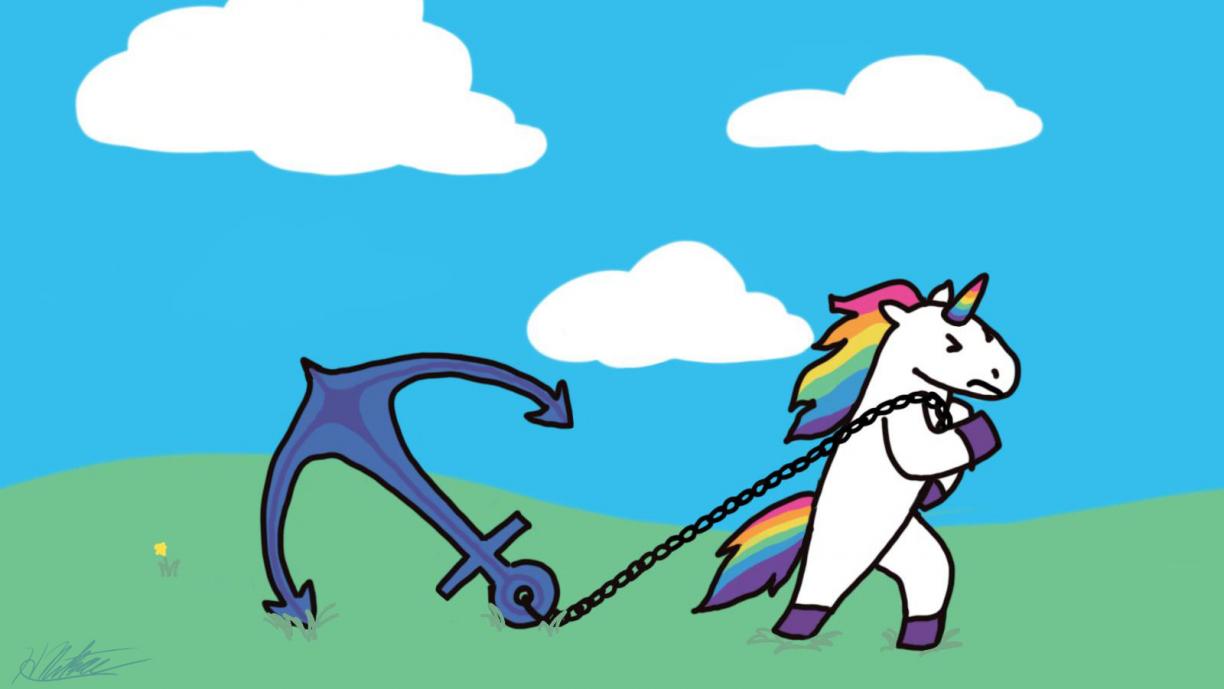
Table of Contents
At Mythic, we deliver projects that are simple to use and foster a human connection.
Amplifying messages that matter is what moves us most.
That’s why we’ve developed a knack for designing sites and apps that not only look visually appealing, but also incorporate psychological principles in their UX.
Ask these key questions
⭐ How can we best communicate the values and goals of this company through their site’s design?
⭐ How should the website's design and content be structured to ensure that users take the desired actions?
⭐ How many licks ???? it take to get the center of a Tootsie pop?
(Ok, is anyone else out there still curious ??)
One can approach these questions by using our own cognitive biases to achieve a desired user outcome, like anchoring bias.
But I implore you to proceed with caution.
Even if you’re new to the term, price anchoring is familiar. When shown a full retail price and then the cost of the item while on sale, you’re more likely to buy because of the “anchor” to the full retail price (or so the theory goes).
The first piece of information we receive is heavily relied on, impacting the way we perceive and interpret what follows.
Pricing alone isn’t the only way that anchoring bias is used online. We’ve all seen those “limited-time” offers, countdown clocks clicking until a sale starts, and other urgency-inducers.
This creates a time-based anchor, tying the buying experience to a specific timeline.
Marketers use this trick because, well, it works! Nobody wants to miss a chance on a good deal, and FOMO makes us act now ⌛.
You’ve likely noticed already that while these ideas can be used to educate, entertain and inspire, they can also be harnessed for deception.
This is where our ethics as digital professionals require us to carefully reflect.
We have to ask ourselves more questions to probe at the why of using any of the many known predispositions of our complicated minds (or maybe...not so complicated ??).
? If I were browsing this website here would I feel intrigued, or that the company is pushy?
? Have I already used this technique elsewhere on this page or on another?
? Is this instance really the optimal one for its use?
When using psychological concepts, try not to overuse them. You’re not the first persuasion professional to deploy them, and you won’t be the last. Users can often tell when web content is playing to their brains’ biases.
Who wouldn’t be turned off by that?
And don’t forget, too-heavy anchors can make users miss other key site elements. Plan your design carefully.
With thought and moderation you can leverage cognitive biases to grab your audience’s attention. As they learn more about who you are, anchor their learning with meaningful content that hopefully has an impact.
In web design as in life, it’s important to find a balance. Team Mythic handles these tricky subjects daily.
If you’d like to learn more about applying these and other principles to your web strategy and design, you can request to book a meeting with me to discuss.